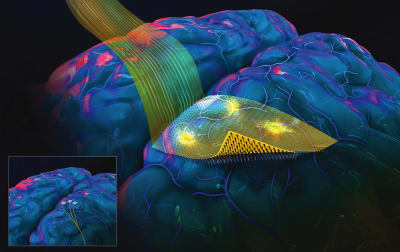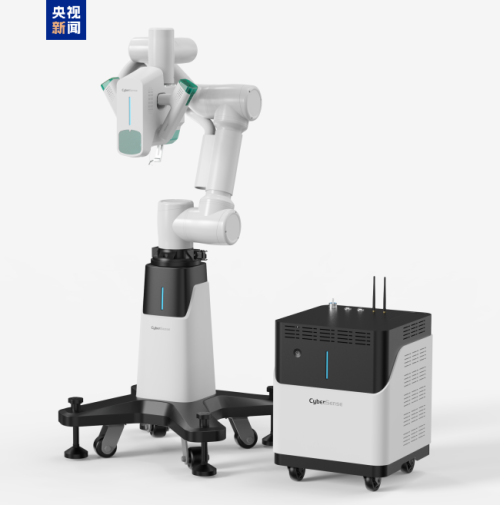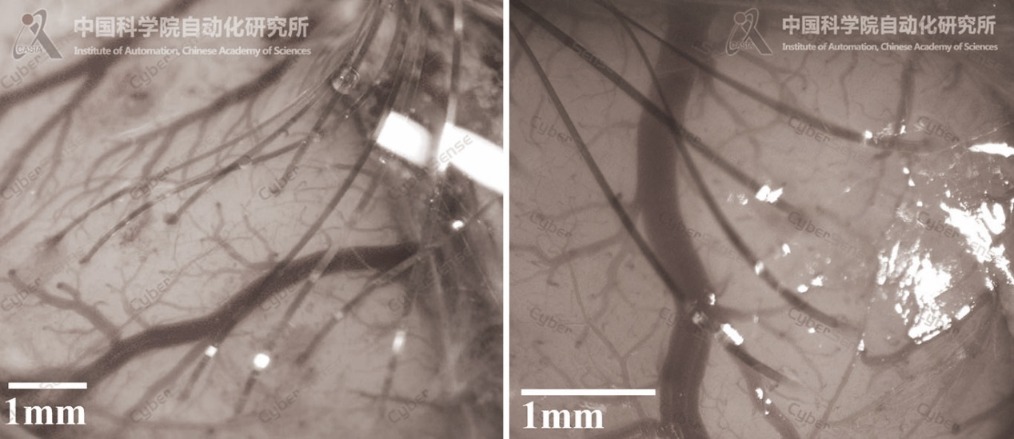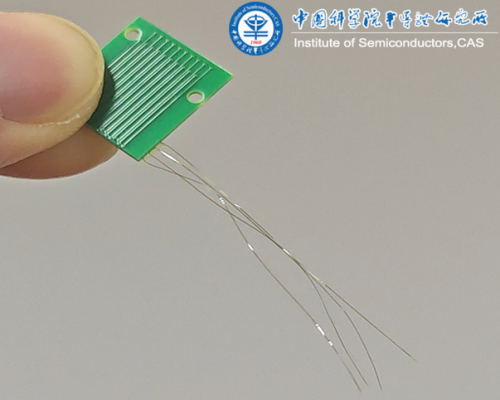Chinese Scientists Successfully Develop Brain-Computer Interface Flexible Microelectrode Implantation Robot CyberSense
Reporters learned today (the 28th) from the Institute of Automation, Chinese Academy of Sciences that the Brain Atlas and Brain-Inspired Intelligence Laboratory’s (referred to as “Brain and Brain-Inspired Laboratory”) Brain-Computer Interface and Fusion Intelligence team has independently developed a flexible microelectrode implantation robot product—CyberSense. The robot recently passed the preliminary acceptance of Shenzhen’s “Brain Analysis and Brain Simulation” major scientific and technological infrastructure (referred to as “Brain Facility”), helping scientists implant flexible microelectrodes “thinner and softer than human hair” into the cerebral cortex of experimental animals, providing crucial support for brain-computer interface and brain science research.

The “Sewing Machine” for Brain Implants
CyberSense is a “sewing machine”-style flexible electrode automatic implantation robot with multiple independent intellectual property rights. It can flexibly accommodate different specifications of flexible microelectrodes and is used for cerebral cortex implantation in rodents, non-human primates, and other animals. The implantation robot can, under the guidance of its intelligent sensing system, implant multiple microfilament electrodes with a thickness of ≤10 microns and a width of ≤100 microns into the cerebral cortex with micrometer-level three-dimensional operational precision, while flexibly avoiding cerebral blood vessels. Since the implantation process utilizes a rigid needle moving up and down continuously to manipulate the soft microfilament, similar to how a sewing machine works, scholars both domestically and internationally refer to it as a “sewing machine”-style implantation.

After implantation, the flexible microelectrodes can transmit neural electrical signals from the brain to a microchip. The microchip processes and communicates the collected neural signals, decoding the information processing being executed by the brain and controlling external devices. It can also regulate brain activity by stimulating neural cells near the electrode contacts with microcurrents. Currently, CyberSense has successfully supported the implantation of various specifications of flexible microelectrodes developed by the Institute of Semiconductors of the Chinese Academy of Sciences and MicroSpirit BCI, serving brain-computer interface and neurophysiological research.

Advanced Technology for Brain Research
It is understood that implantable brain-computer interfaces are a highly interdisciplinary field involving multiple key technologies such as electrodes, chips, implantation, communication, neurosurgery, artificial intelligence, and neural decoding, requiring multi-disciplinary collaborative innovation and integrated research. With the advancement of new materials and micro-nano processing technologies, implantable electrodes are becoming increasingly smaller and more flexible, greatly reducing implantation trauma and rejection reactions. However, this also makes implantation increasingly difficult, far exceeding the limits of human hands and eyesight, making highly automated implantation robots core equipment in the field of brain-computer interfaces.
Implantable brain-computer interfaces can provide technological benefits such as high-performance mental control, speech synthesis, and visual reconstruction for people with disabilities, and can also assist scientists in studying brain functioning principles using high-throughput signals. How to collect a large amount of high-quality neural signals while minimizing the safety risks associated with implantation is the core issue facing implantable brain-computer interface technology.

The Evolution to Flexible Electrodes
Implantable brain-computer interfaces have evolved from the era of rigid electrodes to flexible electrodes. Flexible electrodes come in various types, such as film electrodes attached to the surface of the cerebral cortex and stent electrodes introduced through venous blood vessels, each with its own merits. In comparison, the advantage of microfilament flexible electrodes is that after implantation into the cerebral cortex, the electrodes directly contact neurons, enabling the collection of high-precision neuronal impulses.
In their next steps, the Brain-Computer Interface and Fusion Intelligence team of the Brain and Brain-Inspired Laboratory will continue to develop a series of flexible electrode implantation robot products to promote the development of domestic brain-computer interfaces and brain science.